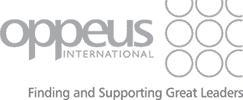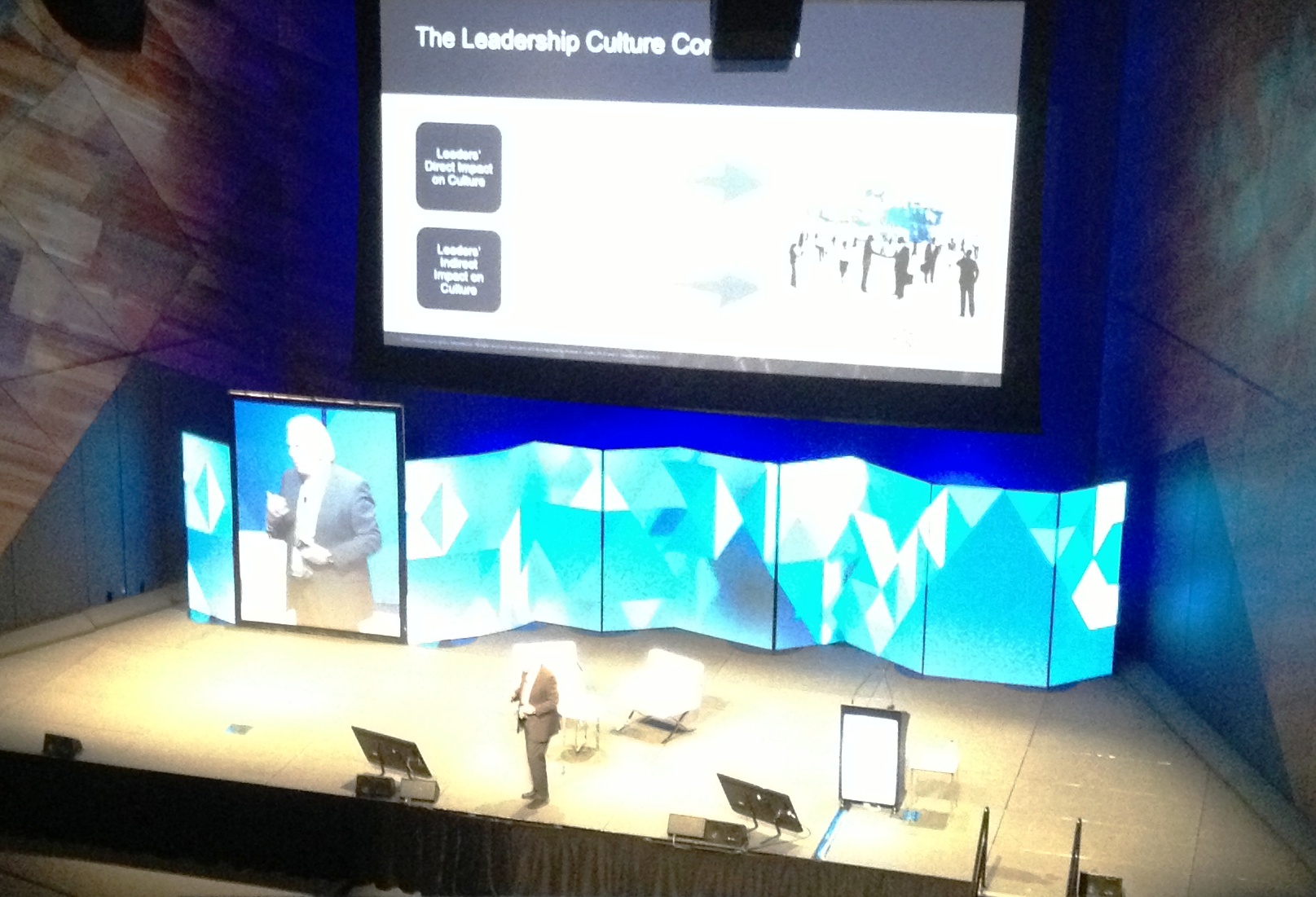By Kelley Reynard
The National AHRI Convention and Exhibition kicked off in Melbourne last week, taking place over three days from Tuesday 19 August to Thursday 21 August. The Convention and Exhibition is Australia’s flagship event for HR professionals and business leaders who are responsible for the people planning decisions in their organisation. The speakers addressed a variety of presentations on the big issues facing HR and business in 2014, and I was lucky enough to attend two presentations from the program, which offered insights and engaging content regarding key issues and popular topics that are confronting individuals and businesses today.
Leadership strategies and their impact on organisational Culture and Performance
Shaun McCarthy, chairman of Human Synergistics Pty Ltd Australia and Human Synergistics New Zealand Ltd, and internationally respected authority on organisational culture, discussed the impact leaders have on the organisational culture, and why culture actually matters. He argues that the way leaders encourage people to behave, impacts on levels of employee stress, engagement, job satisfaction, and productivity, and informs the audience that the role of a leader is critical, and the significant impact they have on the people around them can be both directly and indirectly, and intentionally and unintentionally. Direct behaviours are those that include management approaches, strategic thinking, leadership and people strategy; and indirect behaviours include communication processes, job design, systems, structures, and vision, mission, values statements. McCarthy advises that most leaders tend to focus on the indirect behaviours, which can have significant implications for the organisation and its employees. McCarthy is not shy to address the question of leadership versus management, and informs the audience that leaders are distinguished from Managers because they engage in direct behaviours, they are role models for their employees, they act as mentors/coaches, they provide others with feedback on performance whilst seeking feedback on their own performance, and they stimulate thinking, tell stories, are good at influencing, and create the setting that establishes the climate and culture.
The audience were extremely engaged when McCarthy began discussing prescriptive leadership approaches versus restrictive leadership approaches, and were particularly interested in the visuals demonstrating the evidence and its impact. Prescriptive are those which guide and direct activities and behaviours, which encourage employees to strive for excellence. Restrictive are those that constrain and prohibit activities and behaviours; which McCarthy defines as fault finding actions. To communicate to the audience the significant influence leaders have when employing prescriptive as opposed to restrictive approaches, McCarthy reveals a graph which shows a 20% increase in employee productivity when leaders employ a prescriptive versus a restrictive approach. This is also true for empowerment, which shows a 30% increase when leaders engage in prescriptive behaviours versus restrictive; revealing that employees feel more empowered and in control of their work when leaders engage in these positive behaviours. When talking about poor and great leadership, McCarthy articulates that the difference between poor and great leadership isn’t enormous; it’s at the edges, and although many senior leaders in Australia engage in both prescriptive and restrictive behaviours, great leaders do in fact engage in only slightly more prescriptive behaviours than restrictive behaviours.
To conclude his presentation, McCarthy reiterates that leaders’ impact on behaviour and performance is a consequence of how they go about performing key leadership responsibilities. He argues that leaders can fall into the trap of potentially negating the positive impact of this by also relying too much in leading in ways that limit and constrain people (restrictive). Whilst leaders are approaching leadership in ways that provides guidance and directive (prescriptive), leadership development should focus on how leaders impact those around them through ways in which they perform leadership responsibilities. McCarthy states that leaders should place particular emphasis on stimulating thinking, providing feedback and reinforcing, followed by envisioning and role modelling.
The missing leadership ingredient: Vocal Intelligence – Making voice a choice
This was one of the most engaging, animated, and theatrical presentations I have ever attended presented Dr Louise Mahler, communication specialist and Master practitioner in Neuro Linguistic Programming (NLP). Her presence could not go unnoticed on the stage, and throughout her presentation, as she imitated key people and their use of language and voice tone; it was made clear that there is a direct link and connection between the mind, body, and voice.
She started off the presentation discussing the frustration she feels when talking to the girl at the checkout counter at Woolworths, who talks in a high pitched tone when greeting her. Dr Mahler states, ‘Voice is a Choice. And I definitely wouldn’t choose that one’. Dr Mahler informs the audience that our tone of voice and the way we project ourselves can be either career enhancing, or career limiting. Research in non verbal studies shows that what you say is important, but the way your body stands and your tone of voice is even more important. As professional communicators, Dr Mahler advises that it is critical to get our breathing right to project our voice, to articulate the impact of our message. When we are breathing out, our diaphragm should move in, and when breathing in, our diaphragm should move out. Many people forget to breathe when doing certain tasks, particularly when stressed, and Dr Mahler informs the audience that our voice is an indicator of how blocked we are, which in turn can inhibit the impact of our message.
Her imitations of public figures and the way they stand, speak, and articulate themselves, showed the audience how their messages don’t ring true when they are addressing the public. Breaking air is a sign of lying, and Dr Mahler had the auditorium in fits of laughter with her impressions of certain Politicians when demonstrating their communications. Our mind influences how we hold our body, which influences how we say our message, and Dr Mahler puts forth that if you can recognise things in your voice, you can actually start to detect the mental patterns associated with your thoughts that contribute to your message.
When discussing leadership, Dr Mahler asks the audience to think about President Obama; his tone of voice, the way he stands, and uses his body language when addressing the public and media. He takes a neutral or rest position, and doesn’t send Psychological messages through the tone of his voice. He places his hand on his wrist, and has his mouth open, and Dr Mahler describes that the way Obama uses his body as an instrument is best practice to exert power and influence. When looking at best practice for women in leadership, the research shows that along with Barack Obama’s ‘body as an instrument’ approach, the three voice qualities women should engage in are low, loud, and slow.
Dr Mahler’s was an engaging presentation, and her witty comments, imitations of Politicians, and references to the differences between men and women, had the audience reflecting on the way they use their voice and body when communicating; thinking deeply about how they will articulate themselves when delivering their next message.

